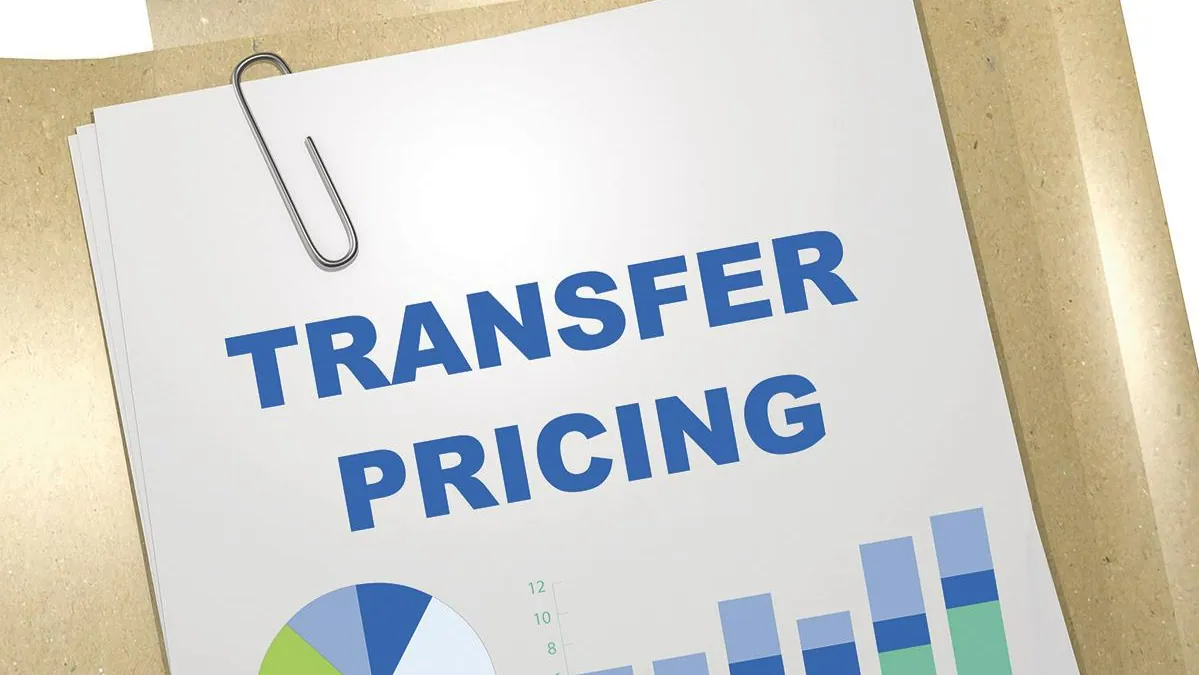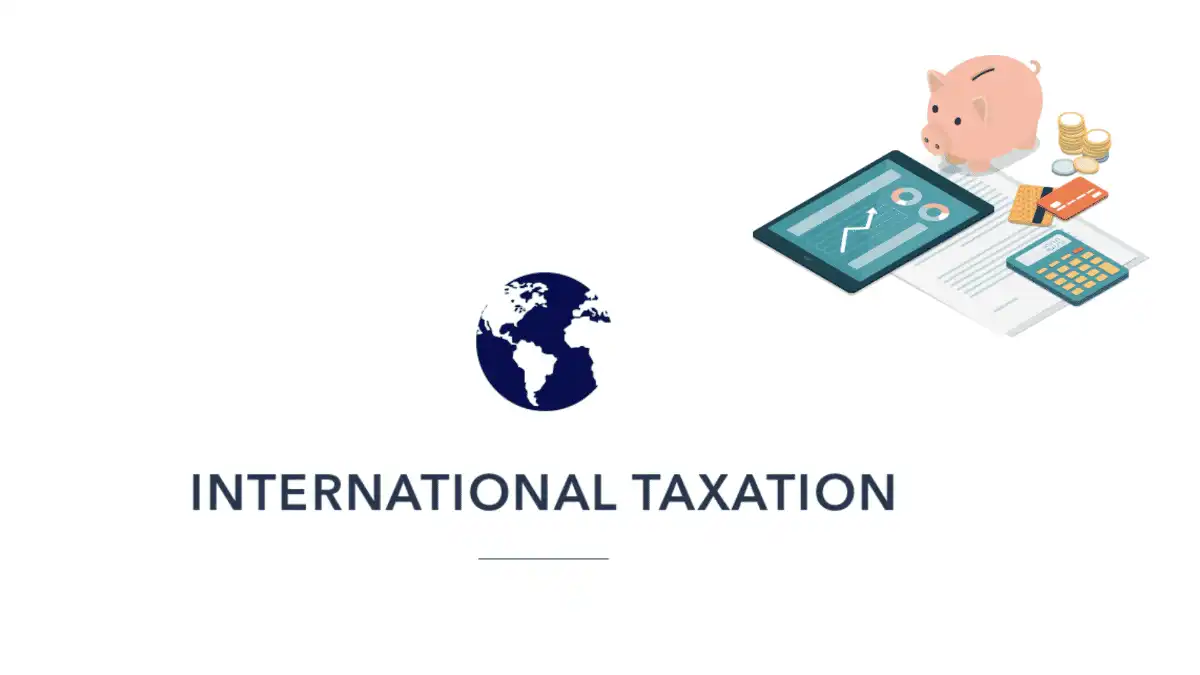What is Transfer Pricing and Why is it Important?
Transfer pricing refers to the process of setting the price of goods or services that are exchanged between different branches or subsidiaries of the same company. Transfer pricing is important for tax purposes, as it affects how much income and expenses are shown in different countries. Transfer pricing also affects how you manage your accounts, measure your performance, and make your decisions.
Some of the benefits of transfer pricing are:
- It helps you to allocate resources and costs among your branches or subsidiaries efficiently and fairly.
- It helps you to evaluate the performance and profitability of your branches or subsidiaries based on their contribution to the group.
- It helps you to make strategic decisions about your business operations, such as where to locate your activities, how to structure your transactions, and how to manage your risks.
Some of the challenges of transfer pricing are:
- It requires you to follow many rules and regulations that vary from country to country and change over time.
- It requires you to have reliable and comparable data on your transactions and market conditions.
- It requires you to keep and submit detailed documents to support your transfer prices and show that you comply with the rules.
Table of Contents
What are the Main Challenges and Complexities in Transfer Pricing?
But transfer pricing is not easy or simple. There are many rules and regulations that you have to follow to make sure that your transfer prices are fair and correct. These rules and regulations are based on the arm’s length principle, which means that the prices should be the same as what unrelated parties would agree on in a similar situation. The arm’s length principle is the main principle for most transfer pricing rules around the world, as it helps to prevent tax evasion or avoidance by shifting profits from high-tax countries to low-tax countries.
Some of the complexities in applying the arm’s length principle are:
- It is not always easy to find comparable transactions or parties in the market, especially for unique or complex products or services.
- It is not always clear how to adjust for differences in quality, quantity, terms, risks, functions, etc. between the transactions or parties.
- It is not always possible to apply one method or one price for all transactions or parties, as different methods or prices may be more appropriate for different situations.
How to Decide the Arm’s Length Price for Your Transactions?
The Organisation for Economic Co-operation and Development (OECD) is the organization that makes transfer pricing guidelines for multinational companies. These guidelines are accepted by almost all tax authorities, and they tell you the rules and regulations on transfer pricing to make sure that they are accurate and fair. The OECD guidelines tell you five methods that you can use to decide the arm’s length price for different types of transactions:
- Comparable uncontrolled price method: This method compares the price that you charge for a product or service between your branches or subsidiaries with the price that unrelated parties charge for a similar product or service in similar situations.
- Resale price method: This method compares the profit margin that you earn by reselling a product or service that you buy from your branches or subsidiaries with the profit margin that unrelated parties earn by reselling a similar product or service in similar situations.
- Cost plus method: This method compares the profit margin that you add to the cost of making a product or providing a service by your branches or subsidiaries with the profit margin that unrelated parties add to the cost of making a similar product or providing a similar service in similar situations.
- Profit split method: This method divides the total profit that you earn from your branches or subsidiaries from a transaction or a series of transactions based on how much each branch or subsidiary contributes to creating value.
- Transactional net margin method: This method compares the net profit margin that you earn by your branches or subsidiaries from a transaction or a series of transactions with the net profit margin that unrelated parties earn from a similar transaction or a series of transactions in similar situations.
Each of these methods has its advantages and disadvantages, depending on what kind of data you have, how similar the transactions are, and how complicated they are. Therefore, you have to choose and use the best method for each case and use it consistently and objectively.
How to Keep and Submit Your Transfer Pricing Documents?
Another difficulty in transfer pricing is keeping enough documents to support your transfer prices and show that you follow the transfer pricing rules. The OECD guidelines suggest that multinational companies prepare three types of documents as part of their transfer pricing documents: a master file, a local file, and a country-by-country report. The master file gives an overview of your global business operations and transfer pricing policies. The local file gives detailed information on your local branch’s or subsidiary’s transactions with other branches or subsidiaries and its transfer pricing analysis. The country-by-country report gives summary financial and tax information for each country where you operate.
Transfer pricing documents are important for many reasons. First, they help you to avoid or reduce disputes and adjustments by tax authorities, which can lead to double taxation, penalties, and interest. Second, they help you to make audits and reviews by tax authorities easier and faster. Third, they help you to show honesty and transparency multinational companies, which can improve your reputation and trust.
Some of the steps that you have to follow to prepare and submit your transfer pricing documents are:
- Identify all your related parties and transactions that are subject to transfer pricing rules.
- Collect and analyze all the relevant data and information on your transactions and the market conditions.
- Choose and apply the most suitable transfer pricing method for each transaction and calculate the arm’s length price.
- Prepare a master file that describes your global business operations and transfer pricing policies.
- Prepare a local file that describes your local branch’s or subsidiary’s transactions with related parties and its transfer pricing analysis.
- Prepare a country-by-country report that shows your financial and tax information for each country where you operate.
- Keep and update your transfer pricing documents regularly and make them available to the tax authorities upon request.
- Submit your transfer pricing documents to the tax authorities according to the deadlines and formats specified by each country.
How to Stay Updated with the Latest Changes and Trends in Transfer Pricing Rules?
Transfer pricing is a changing and developing area of taxation that needs constant attention aThermaaaffectsMthe factors can affect transfer pricing, such as changes in market conditions, business strategies, economic policies, tax laws, and tax treaties. Therefore, you have to keep up with the latest changes and trends in transfer pricing rules and practices and change your transfer pricing policies and documents accordingly.
Some of the recent changes and trends in transfer pricing rules include:
- The implementation of the Base Erosion and Profit Shifting (BEPS) project by the OECD and G20 countries, aims to address tax avoidance strategies that exploit gaps and mismatches in tax rules. The BEPS project has introduced new standards and requirements for transfer pricing, such as country-by-country reporting, master file and local file documentation, and the revised guidance on intangibles, risk allocation, and profit attribution.
- The increased focus on intangible assets, such as patents, trademarks, know-how, customer relationships, etc., which are often hard to value and allocate among related parties. Intangible assets are becoming more important and valuable in today’s economy, and they pose challenges for transfer pricing. The OECD guidelines provide some principles and methods for dealing with intangibles, such as identifying the legal ownership, the economic ownership, and the arm’s length remuneration for intangibles.
- The emergence of new business models and digital transactions, such as e-commerce, cloud computing, social media platforms, etc., create new opportunities and challenges for transfer pricing. These business models and transactions often involve complex value chains, multiple functions and risks, and low physical presence in different countries. The OECD guidelines are trying guidinges allocatingding guidance on how to identify and allocate value creation in the digital economy.
Conclusion
Transfer pricing is not only a compliance issue but also a strategic opportunity for multinational companies. By aligning their transfer pricing policies with their business objectives and value drivers, they can optimize their operational efficiency, tax planning, risk management, and competitive advantage. Transfer pricing can also help them to foster collaboration and coordination among different units and functions within the group.
Transfer pricing is a complex and challenging topic that requires expertise and experience. Multinational companies can benefit from seeking professional advice and guidance from transfer pricing specialists who can help them design and implement effective and compliant transfer pricing solutions that suit their specific needs and circumstances.
FAQ’s
1. What is transfer pricing?
Transfer pricing is the process of determining the price of goods or services exchanged between related parties, such as subsidiaries of a multinational corporation.
2. Why is transfer pricing important?
Transfer pricing is important for tax purposes, as it affects the allocation of income and expenses among different jurisdictions. Transfer pricing also has implications for management accounting, performance evaluation, and strategic decision making.
3. What are the main challenges and complexities in transfer pricing?
The main challenges and complexities in transfer pricing are setting and documenting transfer prices that are consistent with the arm’s length principle, which means that the prices should reflect what independent parties would agree upon in a similar situation. The arm’s length principle is the basis for most transfer pricing regulations around the world, as it aims to prevent tax evasion or avoidance by shifting profits from high-tax jurisdictions to low-tax ones.
4. What are the main sources of transfer pricing regulations and guidelines?
The main sources of transfer pricing regulations and guidelines are the Organisation for Economic Co-operation and Development (OECD) guidelines, which are accepted by nearly all tax authorities, and the local tax laws and rules of each jurisdiction where the related parties operate.
5. How can multinational organizations comply with transfer pricing regulations and avoid disputes and adjustments by tax authorities?
Multinational organizations can comply with transfer pricing regulations and avoid disputes and adjustments by tax authorities by selecting and applying the most appropriate transfer pricing method for each transaction, maintaining adequate documentation to support the transfer prices and demonstrate compliance with the regulations, and keeping abreast of the latest developments and trends in transfer pricing regulations and practices.




pilgrimages xyandanxvurulmus.GxmePnPTDEFU
porn wrtgdfgdfgdqq.4Fh1DCRrENPX
Simply desire to say your article is as surprising. The clearness in your post is simply excellent and i could assume you are an expert on this subject. Fine with your permission let me to grab your feed to keep up to date with forthcoming post. Thanks a million and please carry on the gratifying work.
of course like your website but you have to check the spelling on several of your posts. A number of them are rife with spelling issues and I in finding it very troublesome to inform the reality on the other hand I will certainly come back again.
Hi, Neat post. There’s an issue together with your web site in internet explorer, may test this텶E still is the marketplace chief and a good component of people will pass over your fantastic writing due to this problem.
Your blog posts never fail to entertain and educate me. I especially enjoyed the recent one about [insert topic]. Keep up the great work!
From start to finish, your content is simply amazing. You have a talent for making complex topics easy to understand and I always come away with valuable insights.
Wow, amazing blog layout! How long have you been blogging for? you made blogging look easy. The overall look of your web site is magnificent, as well as the content!
goodhere Hairy porn vurucutewet.WEHKwb0ydiE
ladyandtherose Threesome porn backlinkseox.ki2qpIeng9p
jenniferroy フェラチオポルノ japanesexxporns.LddX9PuuHOL
श्वेत-श्याम अश्लीलता txechdyzxca.aYEunjjqtUa
नकली टैक्सी अश्लील hkyonet.pSnLSerrE0h
ਲਾਤੀਨੀ ਪੋਰਨੋਗ੍ਰਾਫੀ madisonivysex.cOmQ8opYQQG
ladesbet ਮਜ਼ਾਕੀਆ ਪੋਰਨੋਗ੍ਰਾਫੀ ladesinemi.pmf3DeFR64K
ladesbet ハメ撮りポルノ ladestinemi.tJKswMS82gP
https://www.heritagefamilypantry.com/GqQE0bDgzrA
tjennjsjmiikktuehwxyqtsxqqrngg
rhmeghkdtjexgehdrvxghmeoowdniy
我来看看是咋么回事
笑赚网:边看笑话边赚钱,八级提成,收入无上限!更有价值万元两性、把妹、奇门等资源下载。网址:1199.pw